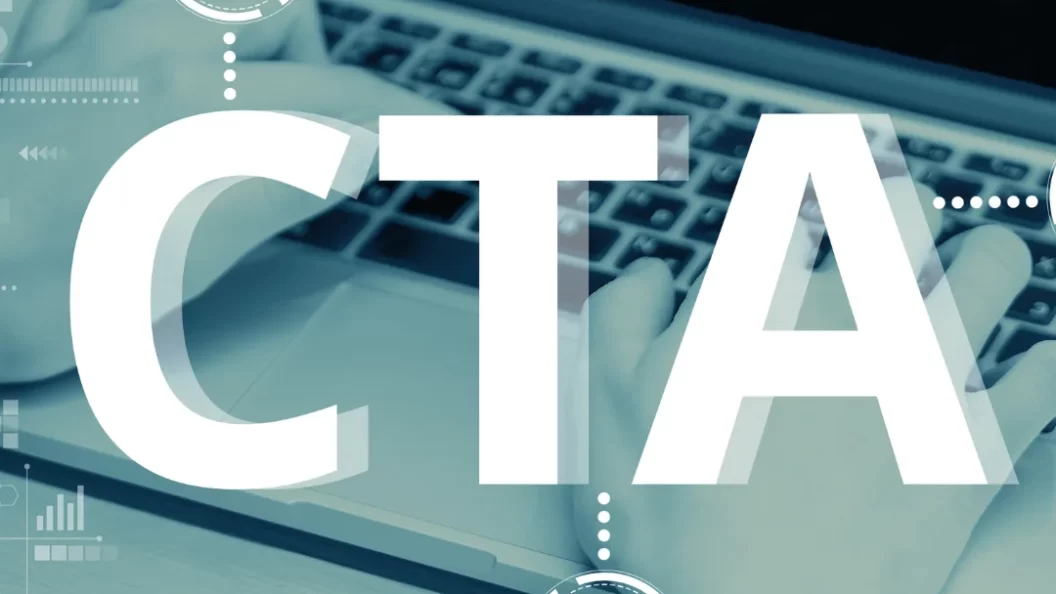In a fast-paced digital world, where attention spans are shortening by the minute, it’s essential for businesses to engage their website visitors and not overwhelm them. A high bounce rate indicates that visitors are leaving your website without taking any action, which can destroy the success of your business. Using effective call-to-action (CTA) strategies to address this challenge can significantly reduce your bounce rate and increase visitor engagement. Here are five CTA strategies that can help you achieve this goal.
Clear and Strong Message:
Your CTA must deliver a clear and strong message to grab visitors’ attention and entice them to take action. Use concise and action-oriented language emphasizing the benefits visitors will get from clicking on your CTA. Make sure the message is consistent with the overall content of your website and creates a sense of urgency to encourage immediate action.
Setting the direction:
Setting up your CTA plays a vital role in its effectiveness. It should be clearly displayed on your website, usually above the fold, where visitors can easily see it without having to scroll. Place the CTA in appropriate places such as the headline, sidebar, or the content itself. Experiment with different settings to find what works best for your specific audience.
Persuasive design:
The visual appeal of your CTA can dramatically affect click-through rates. Use contrasting colors and rich graphics to paint in a way that stands out from the rest of the page. Use large legible fonts to make text easier to read. Include eye-catching CTAs and click-through buttons or arrows. Beautiful visual ideas and sleek design can create enough contrast to entice visitors to click.
A/B testing:
A/B testing is an important way to optimize your CTAs and reduce bounce rates. Create multiple versions of your CTA with slight changes in layout, messaging, or placement. Segment your website traffic and analyze these variables to determine the most effective CTA that generates the highest click-through rate and engagement. Constantly review and adjust your CTAs based on insights from A/B testing.
Relevant and targeted CTAs:
One size doesn’t fit all when it comes to CTAs. Tailor your CTAs to the specific needs and interests of your target audience. Customize your CTAs based on the visitor’s location, browsing history, or the page they are currently viewing. For example, if a visitor reads a blog post about a particular product, provides a CTA that directs them to a relevant product page, or encourages them to sign up for a newsletter Relevance and personalization can has dramatically increased the chances of a visitor interacting with your CTA.
In conclusion, reducing bounce rates requires the use of effective call-to-action strategies that capture visitors’ attention and entice them to act If we focus on a clear and compelling message, method with product placement, eye-catching design, A/B testing, and targeting, your own CTAs can be customized, improving visitor interaction Remember, the key is to manage your CTAs always adapting it to changing tourist behavior and preferences. By doing so, you can reduce your bounce rate and drive meaningful interactions to your site.


